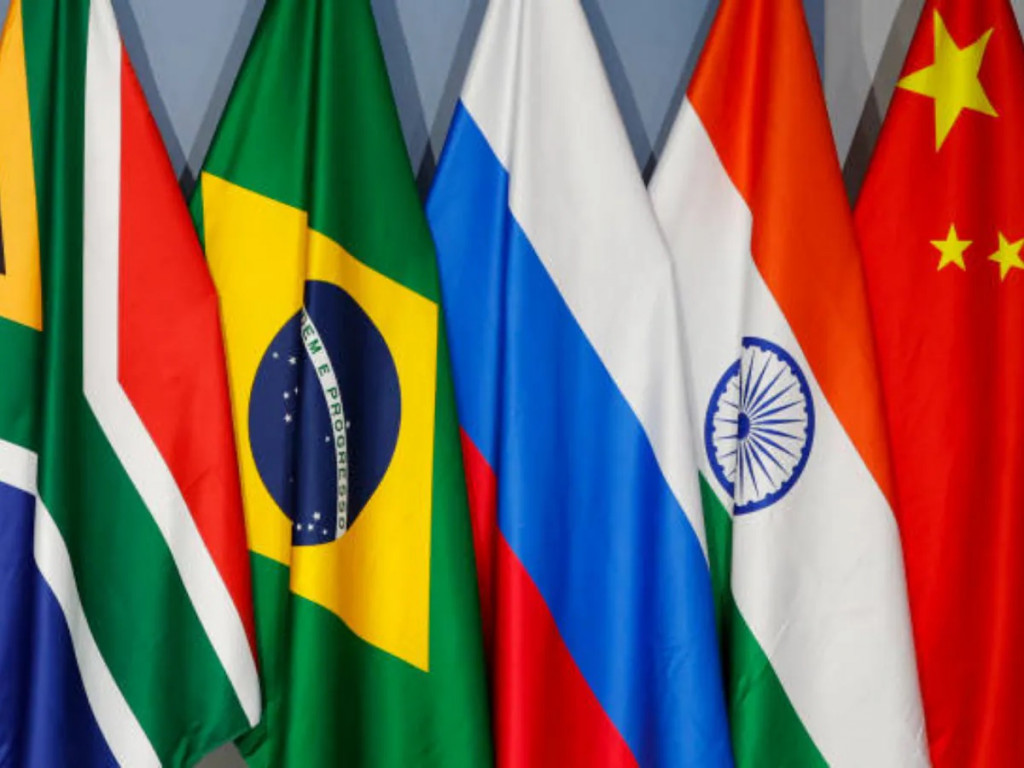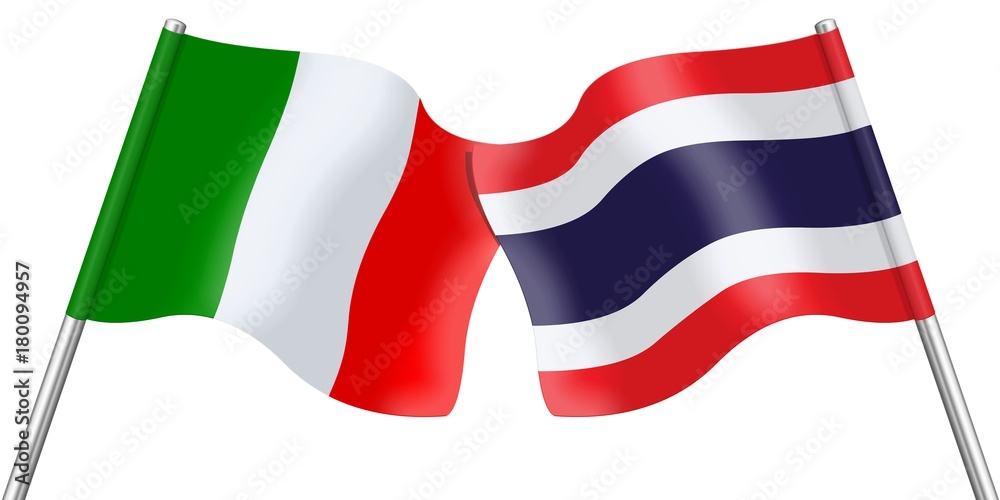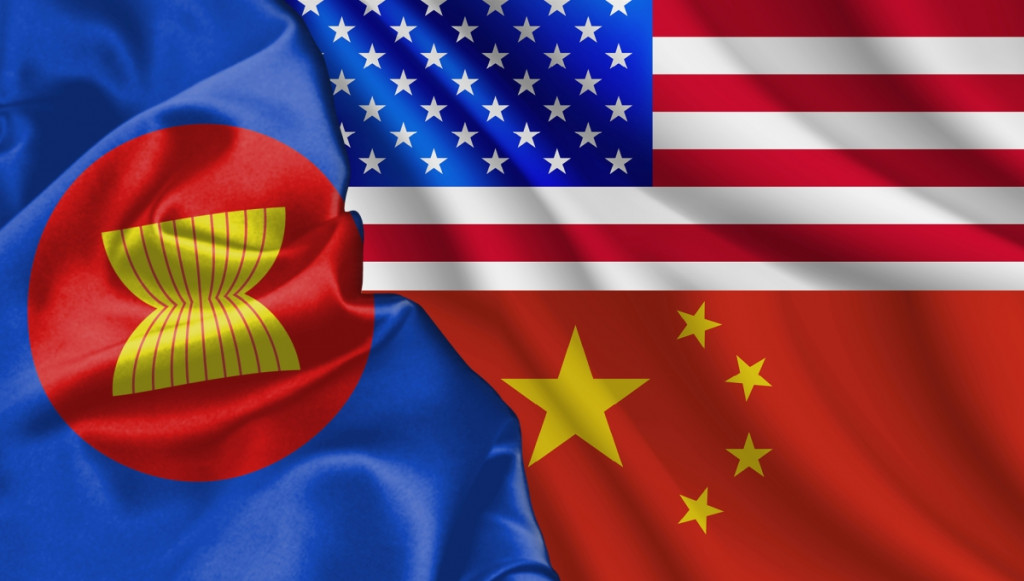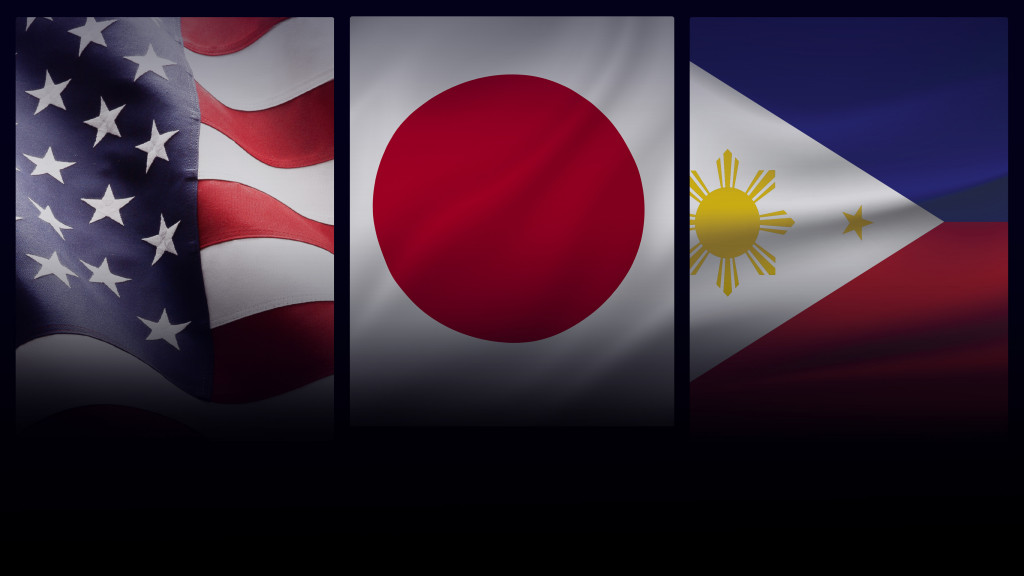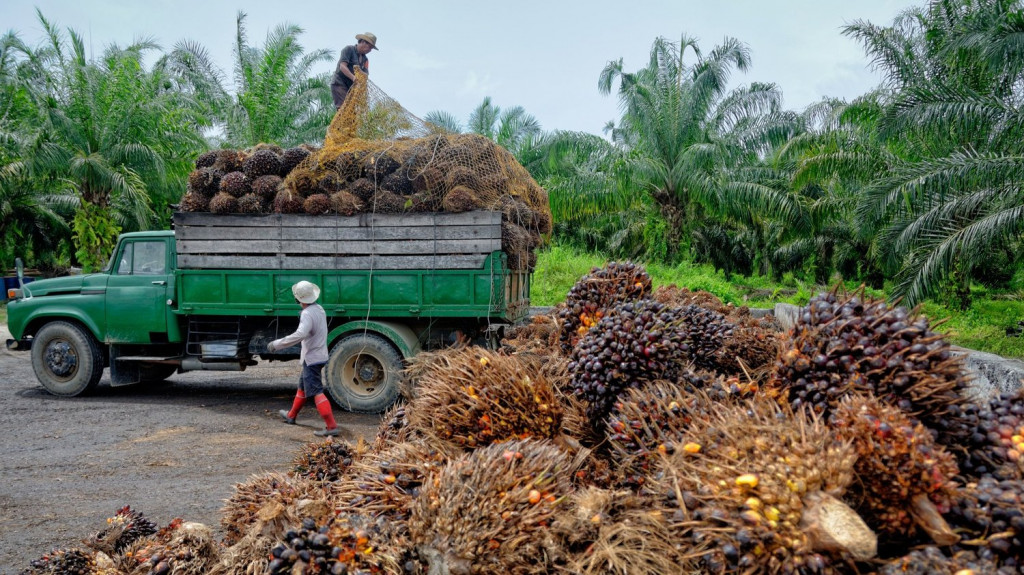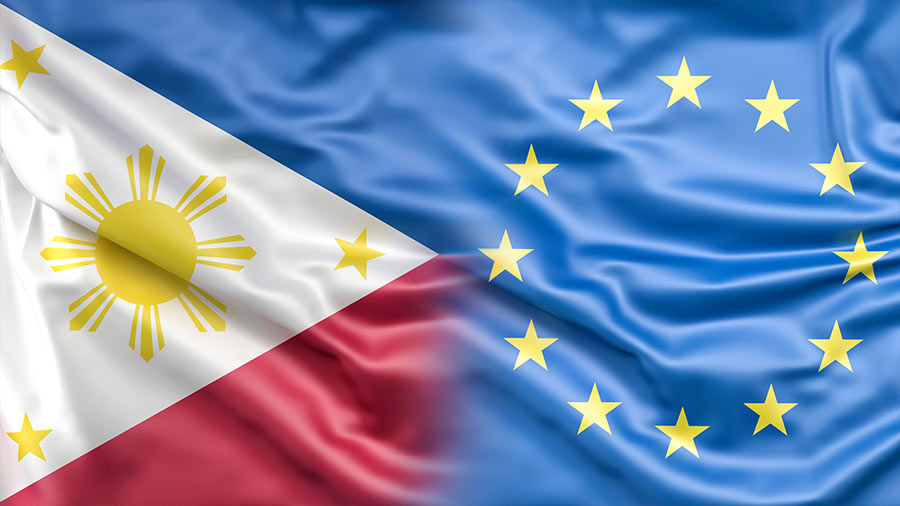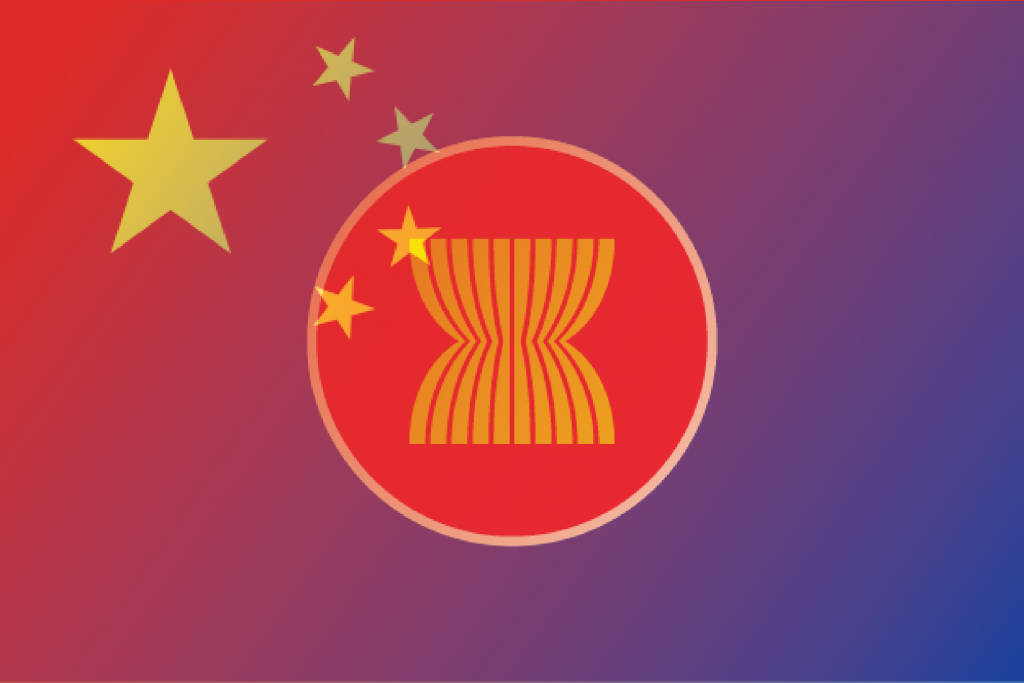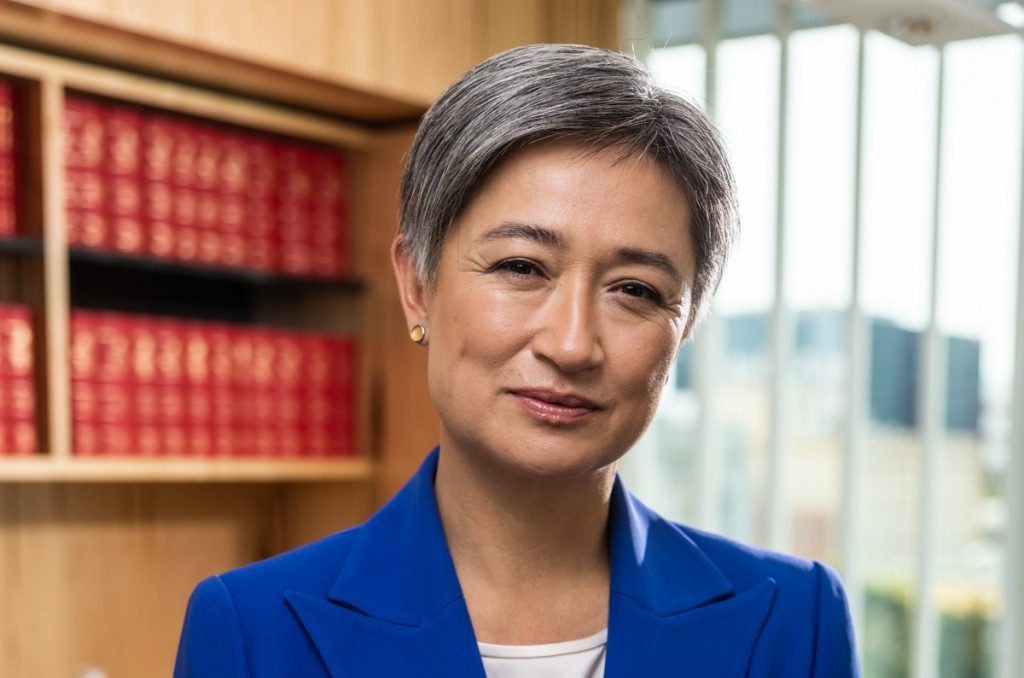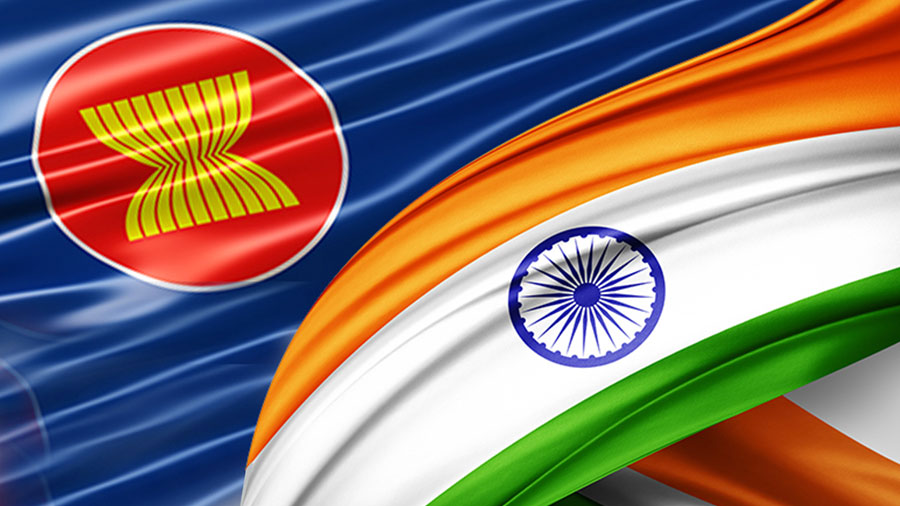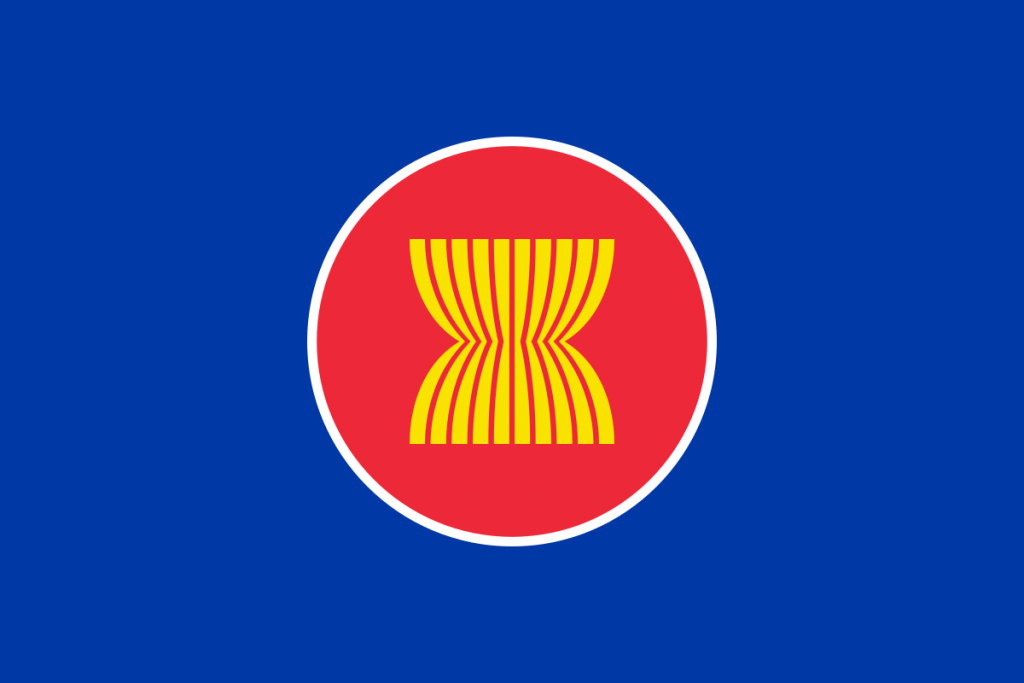Southeast Asian countries are the most active and willing to avoid nuclear weapons proliferation in the region
By Francesca Leva
At a United Nations speech delivered last March, the United Nations Secretary-General Antonio Guterres declared that the risk of a nuclear war is at “its highest point in decades” and that nuclear weapons are “growing in power, range, and stealth,” adding that “an accidental launch is one mistake, one miscalculation, one rash act away.”
Asia makes no exception: there, nuclear weapons had a profound influence on both public health and the environment, resulting in the displacement of people and hindering development, education, cultural preservation, and economic stability.
Nuclear weapons first arrived in Asia in 1945 with the tragic events in Hiroshima and Nagasaki. A few years later, the URSS also announced its nuclear weapons programs: during the Cold War, from 1950 to the 1990s, the MAD – “Mutual Assured Destruction” – phrase was used to describe the nuclear build-up phase between the US and the URSS. As a result, in 1957, the UN established the IAEA - International Atomic Energy Agency - recognizing the need for peaceful development of nuclear power. In 1968 the UN also adopted the NPT – Non-proliferation Treaty -, whereby only the five nuclear States of the time, the US, China, Russia, the UK, and France, were allowed to possess nuclear weapons, but would also agree to the peaceful application of nuclear technology and the reduction of their nuclear arsenals. However, several non-signatory countries of the NPT started to develop nuclear weapons on their own: among them India, Pakistan, and Israel. As a matter of fact, in 1988, India detonated three bombs close to the border with Pakistan, an action that was immediately followed by Islamabad’s nuclear tests.
What seems to be the pattern is that when a country develops a nuclear weapon, its threatened neighbors and enemies will also start nuclear testing, both for self-preservation and national pride. This dilemma poses a concrete threat to Asia, where China, Pakistan, India, North Korea, and the Russian Federation are all nuclear countries.
One of the main flashpoints in Asia is the so-called “nuclear triangle,” constituted by China, India, and Pakistan. In this case, the risk is ignited by regional competition, domestic situations and tech developments. The development of Pakistan’s full-spectrum deterrence has, in fact, led to India’s development of a preemptive counterforce nuclear system. This nuclear threat is further enhanced by US-China competition. While Beijing tries to match Washington’s nuclear capabilities, India is also incentivized to maximize its nuclear arsenal, shifting away from its traditional “no-first-use policy.” Pakistan's devolving domestic situation, as well as the increasing Pakistan–India competition, add to the risk of accidental use, inadvertent escalation, and nuclear brinkmanship.
A further potential flashpoint is constituted by North Korea and South Korea; the risk is not only the one of a war between Seoul and Pyongyang but also the fact that both South Korea and Japan might feel pressed to develop their own nuclear arsenals. Finally, other possible tension areas are in the South-China Sea, where regional competition as well as national priorities collide.
In 1995, the ASEAN member States signed the Treaty of Southeast Asia Nuclear-Weapon-Free Zone - SEANWFZ, also known as the Bangkok Treaty – which was originally devised to reaffirm the importance of the NPT and to establish a nuclear weapons-free zone (NWFZ). There are currently five NWFZs in the world, and they all represent a regional approach to strengthening nuclear nonproliferation and disarmament. In the designated areas covered by the NWFZ treaties, it is explicitly prohibited to engage in activities related to the acquisition, possession, placement, testing, and utilization of nuclear weapons. Furthermore, the States that have ratified these treaties are actively working towards establishing legally binding agreements to ensure that nuclear-armed nations refrain from deploying nuclear weapons against any of the countries within these zones.
However, there has been growing preoccupation and skepticism among the NPT signatory countries, as the five NPT states have continued to develop their own nuclear arsenals; the NPT was unable to integrate non-signatory countries – especially India, Pakistan, and Israel – and it was also ineffective in bringing back North Korea. As a consequence, in 2017, the Treaty on the Prohibition of Nuclear Weapons (TPNW) was crafted to reinforce the NPT and signed by all ASEAN countries besides Singapore. Although the outcome of these measures remains uncertain, it is evident that the nuclear threat represents an unacceptable risk for Asian countries, especially considering the number, the density, and the proximity of urban and inhabited areas.


